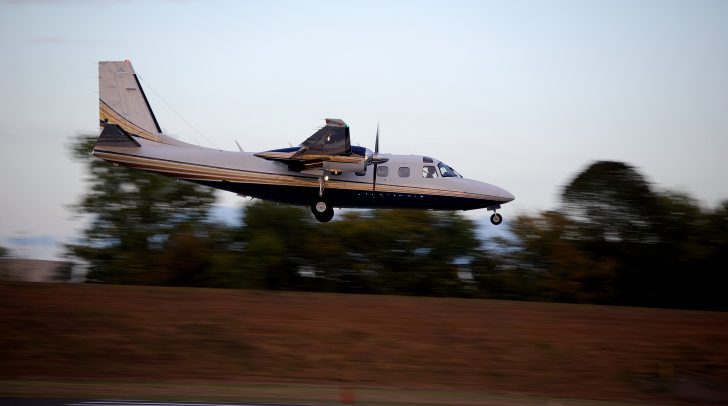By Robert Erlick

This column is intended as a quick refresher on TPE331 engine cycles. Turbine engine inspection and component replacement intervals as mandated by the FAA are based on
- flight hours
- engine cycles
While a “flight hour” is simply defined as the elapsed time from takeoff (liftoff) to landing (touchdown), engine cycles are a bit more complicated to establish.
According to an earlier definition, one complete cycle contained all of the following three events:
- an engine start
- a takeoff and landing (for the purpose of discussing cycles, a takeoff is always followed by a landing, and thus both count as one event)
- a shutdown
If any of these three events did not take place—if, for example, there was only an engine start and a shutdown but no takeoff and landing—no cycle had to be accounted for. Likewise, numerous takeoffs and landings within only one engine start and one engine shutdown had historically been considered as one cycle; i.e. the additional takeoff and landing events had been ignored in the cycle calculations because no additional engine start and shutdown had occurred.
That relatively simple cycle count, however, has been changed and it is therefore important that we discuss this subject in greater detail.
First, the reader who is new in the turbine world might ask, what are cycles and why am I concerned about counting cycles? The short answers are
- an engine cycle refers to the stretching and relaxing of rotating components imposed by centrifugal forces and thermodynamic stresses, and,
- the owner/operator is by law responsible for maintaining an accurate engine logbook, which contains engine flight hours and engine cycles since new and since major inspections.
The following explains why it is important to account for engine cycles. Any machinery has a finite life expectancy due to normal wear and tear. The most common gauge to measure life expectancy of engines is the number of flight hours flown. In other words, based on certain assumptions and calculations, engineers determine a specific interval of flight hours, which they assume includes a safe margin of how long a specific engine or engine component will be able to operate within established performance specifications.
Additionally, cycles contribute to what is termed LCF (Low Cycle Fatigue) and therefore the maximum number of cycles must be limited to a point when LCF failure can be expected minus a predetermined safety margin. This is referred to as the Service Life Limit and is based on engines that are being operated within approved operating limits and being maintained in accordance with Honeywell published instructions.
Service Bulletin TPE/TSE331-72-0019, for example, explains what engine components are life limited and thus require a Life Limited Part Log, which tracks flight hours, cycles, and maintenance performed over the life of the engine.
Recently, Alert Service Bulletin TPE331-A72-2130 warned TPE331 operators engaged in special-use operation that they must change the methodology of counting cycles. Special-use operation, for the purpose of that service bulletin, is defined as performing multiple takeoffs and landings for each engine start/shutdown cycle.

The reason for this change is that “multiple takeoff and landing cycles without engine shutdown are minor cycles and result in LCF damage to the turbine wheels that is additive to the fatigue damage caused by a major cycle (engine start, takeoff and landing, and engine shutdown). The additive LCF damage can lead to an uncontained separation of the turbine wheel prior to the accumulated number of major cycles specified in Service Bulletin TPE331-72-0019. Such a separation could involve ejection of metal fragments from the engine and could cause serious injury or death to personnel and damage to the aircraft.” (Alert Service Bulletin TPE331-A72-2130, page 5)
To sum up, if you are engaged in special-use operations such as multiple takeoffs and landings within one engine start and one engine shutdown, you must adjust your engine cycle count by adding a fraction of a cycle for each additional takeoff and landing. The amount of the fraction, also called damage fraction, varies with each turbine stage and is thoroughly explained in the alert service bulletin.
In conclusion, your airplane maintenance provider should assist you in maintaining the proper Life Limited Part Log and calculate the major cycles plus the minor cycles based on Alert Service Bulletin TPE331-A72-2130 or as appropriate for the specific engine model.
For additional discussions on these or any other engine operational issues, please contact me at Robert.Erlick@Honeywell.com or Flight Technical Services at FTS@Honeywell.com.
